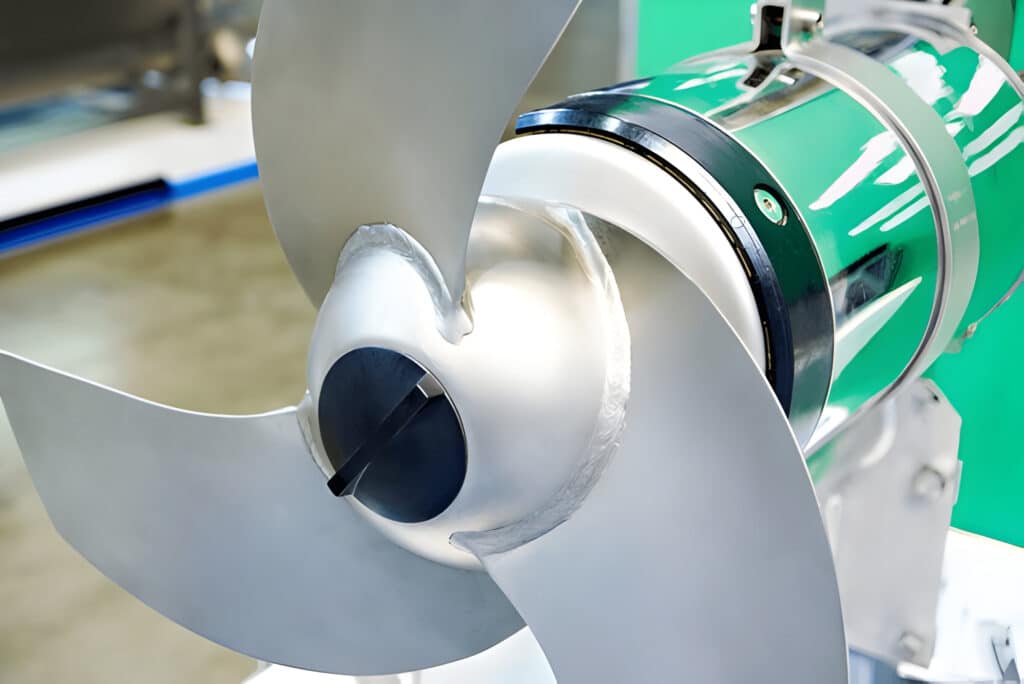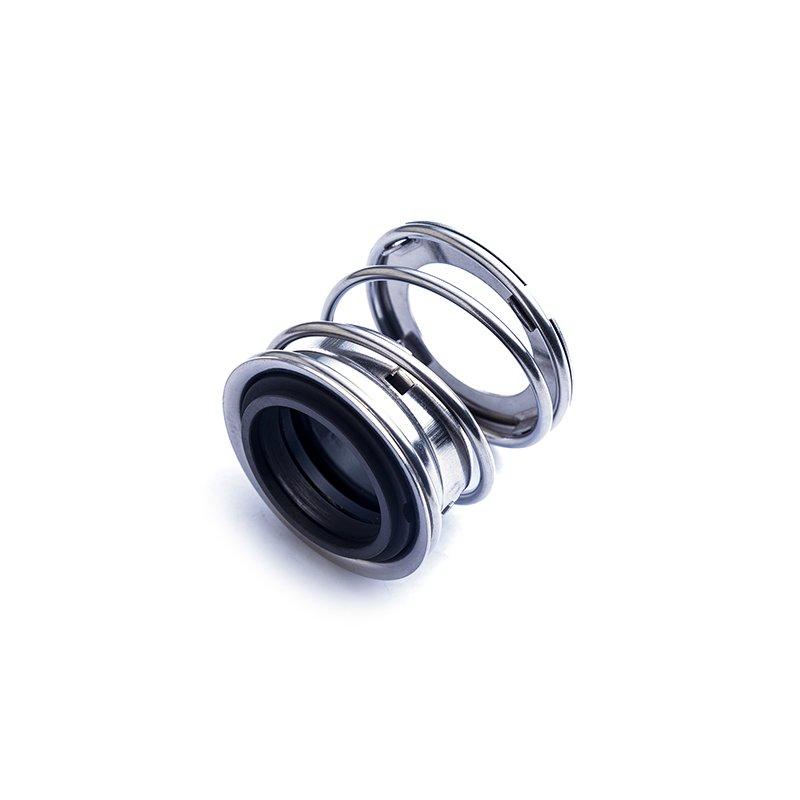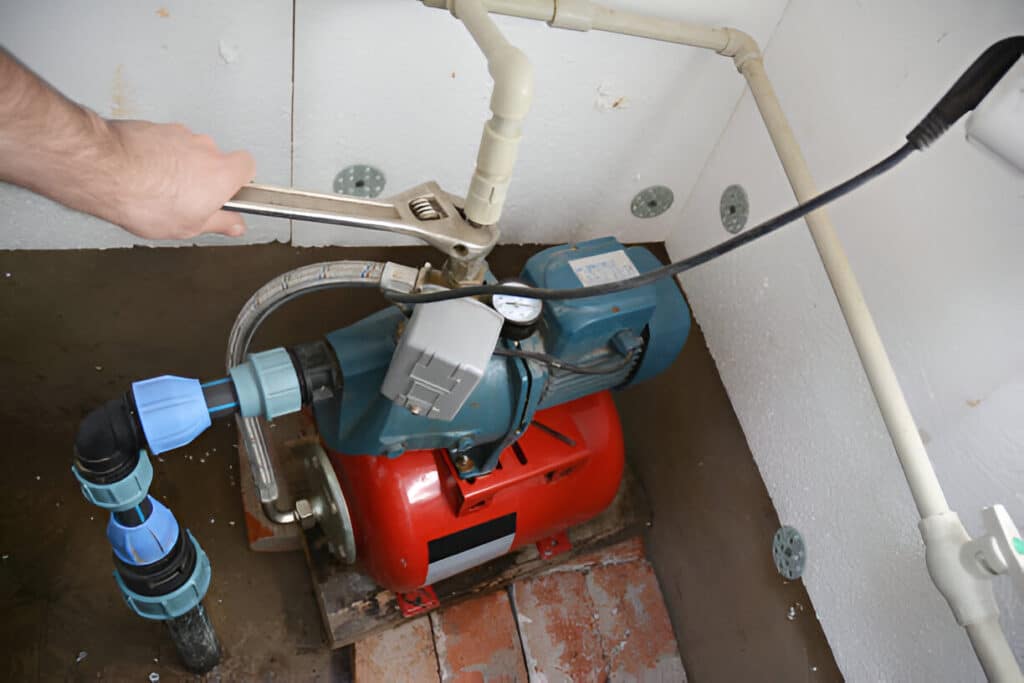Are you curious about the differences between DBB and DIB valves? In this blog post, we’ll compare these two types of valves and help you understand their unique features.
DBB (Double Block and Bleed) and DIB (Double Isolation and Bleed) valves are both used for isolation and safety purposes in various industries. However, they have some key differences in their design and functionality.

What Is DBB Valve
A Double Block and Bleed (DBB) valve combines two isolation valves and a bleed valve in one unit. It provides two sealing surfaces between the pressure source and the downstream side.
The bleed valve allows for venting or draining of trapped fluid between the two sealing surfaces.
What Is DIB Valve
A Double Isolation and Bleed (DIB) valve also features two isolation valves and a bleed valve. However, it offers an additional level of protection.
DIB valves have two independent sealing surfaces in series. Each sealing surface can withstand full differential pressure in both directions.
How They Work
DBB Sealing Mechanism
The DBB valve utilizes a single valve with double isolation and bidirectional seats to seal against pressure from both upstream and downstream directions. This double block and bleed mechanism provides an additional seal, ensuring reliable isolation even if one of the seals fails.
The valve consists of two independent sealing surfaces, typically in the form of gate valves or trunnion ball valves, which can effectively isolate pressure when closed. In the event of a leak in the upstream seat, the downstream seat provides an extra layer of safety, preventing pressure buildup in the valve body cavity.
Furthermore, DBB valves incorporate a self-relieving seat or an external bleed mechanism to automatically release any trapped pressure, enhancing safety and preventing potential valve body damage.
DIB Sealing Mechanism
The Double Isolation and Bleed (DIB) valve provides a reliable sealing mechanism through its bidirectional seats. These seats seal against pressure from both upstream and downstream directions, ensuring double isolation within a single valve unit.
The DIB valve’s sealing surfaces are designed to prevent pressure buildup in the valve body cavity, enhancing safety and reducing the risk of potential valve body damage. In the event of an upstream seat failure, the downstream seat acts as an additional pressure barrier, maintaining the valve’s sealing integrity.
Seat Designs
- DBB Valves: Feature unidirectional self-relieving seats that seal against pressure from a single source, providing double isolation and bleed capabilities in a single valve unit.
- DIB-1 Valves: Provide reliable isolation with a unidirectional seat sealing against pressure from the upstream direction, while the bidirectional seat seals against pressure from both upstream and downstream directions.
- DIB-2 Valves: Offer the highest level of isolation and safety with their two bidirectional seats, sealing against pressure from both directions in critical applications.
Pressure Relief Capabilities
- Double-block-and-bleed (DBB) valves: Feature a self-relieving seat design for automatic cavity pressure relief, ensuring valve integrity and preventing potential damage.
- Double-isolation-and-bleed (DIB) valves: Require an external relief system, such as a separate vent valve or pressure relief valve, to manage pressure buildup. They provide reliable double isolation through bidirectional seats but need additional components for safe operation.
Applications and Use Cases
- DBB valves: Commonly used in industrial processes requiring reliable isolation and sealing against pressure buildup. Suitable for high-pressure or high-temperature situations where an upstream seat leak could lead to potential valve body damage.
- DIB valves: Used in liquid pipelines and gas applications requiring double isolation and bidirectional sealing. The compact and low-weight DIB-2 ball valve design is efficient for various pipeline systems.

How to Select the Right Valve: DBB Valve vs DIB Valve
Fluid Properties and Hazards
The choice between DBB and DIB valves depends heavily on the fluid being handled. Corrosive or toxic fluids often require DIB valves for enhanced safety. DBB valves may suffice for less hazardous substances.
Pressure and Temperature Conditions
DIB valves typically handle higher pressures and temperatures better than DBB valves. Extreme conditions usually necessitate DIB valves for improved reliability.
Leakage Tolerance and Isolation Requirements
DIB valves offer superior isolation and lower leakage rates. Industries with strict leakage requirements often prefer DIB valves. DBB valves may be adequate for applications with higher leakage tolerances.
Codes, Standards, and Regulations
Some sectors mandate DIB valves for critical applications. Compliance with relevant standards is essential when selecting between DBB and DIB valves.
Cost
DBB valves generally cost less than DIB valves. Factor in long-term maintenance and potential downtime costs when making the selection.
FAQs
Is double block and bleed positive isolation?
Double block and bleed is a form of positive isolation. It uses two closed valves and an open drain valve between them.
Which valve type provides better leakage protection?
DIB valves generally provide better leakage protection due to their independent double isolation design, making them more suitable for critical applications requiring enhanced safety.
Which valve type is easier to maintain?
DBB valves are typically easier to maintain due to their simpler design with a single closure element, while DIB valves may require more complex maintenance procedures.
Do DBB and DIB valves have different space requirements?
Yes, DIB valves often require more space due to their more complex design with two independent closure mechanisms, while DBB valves are generally more compact.
In Conclusion
In conclusion, both DBB and DIB valves have their unique advantages and applications. DBB valves provide superior isolation and safety, making them ideal for critical processes. DIB valves offer a more compact and cost-effective solution for less demanding applications.
The choice between DBB and DIB valves ultimately depends on specific process requirements and budget constraints.





